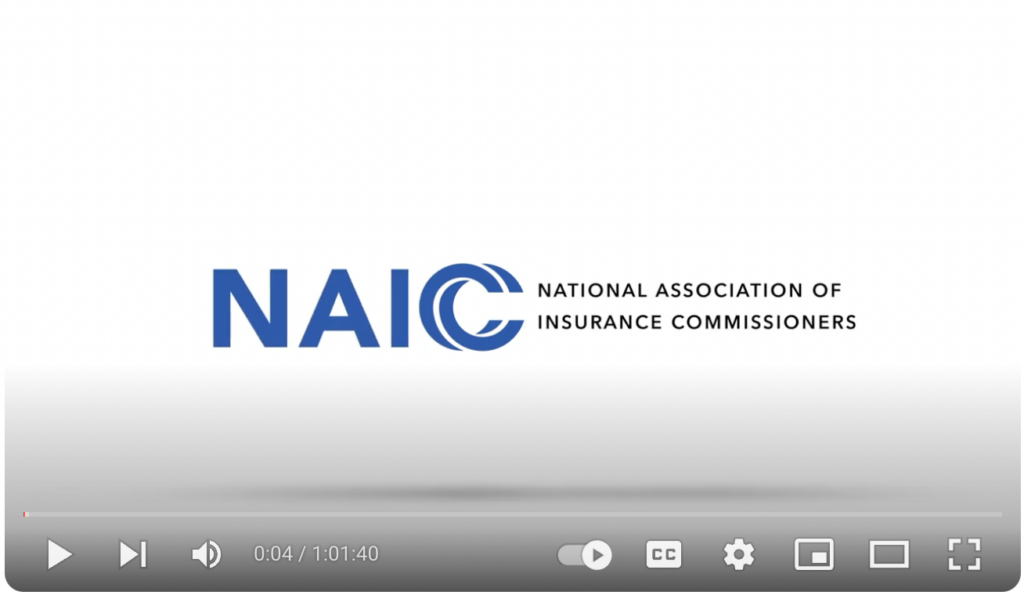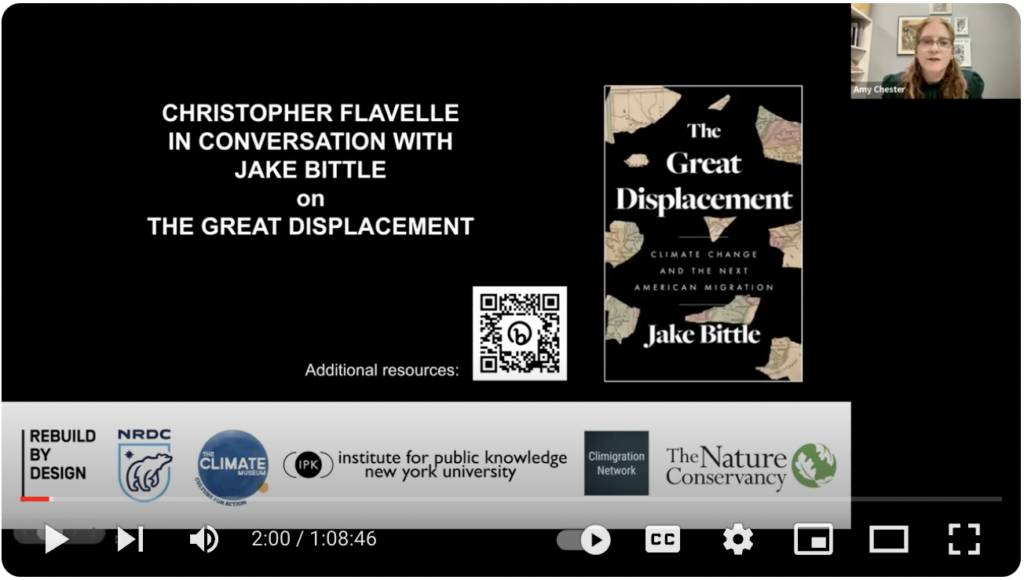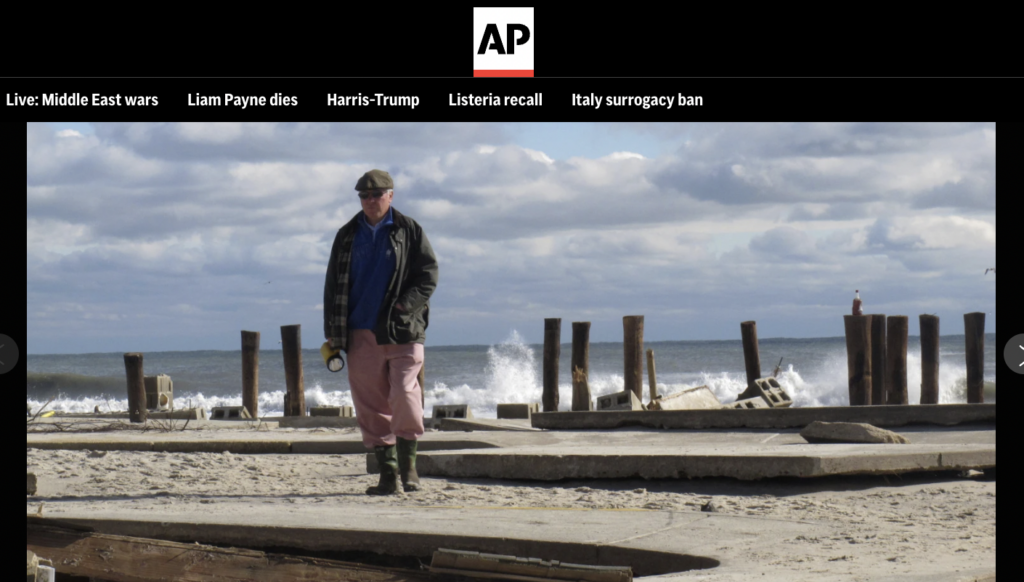Aerial Photo of Wellington, Florida. Source: formulanone, https://www.flickr.com/photos/formulanone/52187966780/in/photostream/
LEVERAGE INSURANCE TO SUPPORT CLIMATE INFRASTRUCTURE
The increasing frequency and severity of damages due to extreme weather events – such as hurricanes, wildfires, floods, and tornadoes – coupled with the rising costs of living and inflation, is placing a growing financial pressure on households across the United States. In several states, insurance companies are raising premiums, refusing to write new policies, or going insolvent. Consequently, many households are experiencing unaffordable insurance hikes or going uninsured.
The U.S. property and hazard insurance ecosystem – flood, homeowners, property & casualty – are not prepared to meet the growing challenges created by climate change. Likewise, FEMA does not have the budget to afford the insurmountable losses created by severe weather events. Left without intervention and oversight, more households will be squeezed out of the market and the financial risk of climate impacts will skyrocket.
The Opportunity
Insurance has long served as a risk transfer mechanism, allowing households to transfer the risk of losses to insurance companies in exchange for monthly payments, or premiums. Now, as risk increases, we must mobilize insurance as a risk reduction mechanism – for the safety and wellbeing of communities, and for the sustainability of the industry. To do so, we must:
- Leverage insurance as a source of funding for climate adaptation projects.
- Proactively utilize these funds to reduce risk and subsequently the cost of insurance before the next disaster strikes.
- Reform insurance-related policies to better incentivize, mandate, and regulate household and community-scale climate adaptation investments.
What are we doing?
Rebuild by Design is collaborating with nonprofits and the private sector to explore innovative funding sources for resilient infrastructure. This includes a small surcharge on certain lines of property & casualty insurance to support state-level resilient infrastructure funds.
Rebuild is actively educating state and local policymakers, as well as insurance commissioners about the opportunity to leverage insurance for proactive hazard reduction investments, so that communities can plan, fortify, or retrofit ahead of the next major climate shock or stressor.
Rebuild by Design at the National Association of Insurance Commissioners, 2024
The U.S. CAN RAISE NEARLY $300 Billion FROM A 2% SURcharge

Rebuild by Design modeled a modest 2% surcharge on certain lines of property and casualty insurance — excluding workers’ compensation and medical malpractice — and found the surcharge could support $600 million to over $32.9 billion in states across the U.S, for a total of $287 billion nationwide, creating a reliable source of funding for needed infrastructure enhancements. A surcharge on property and casualty insurance would offer an economically progressive solution to create the needed funds to equitably adapt to climate change. This model can be equitable because community members with more wealth have more insurance, while those with less resources are likely to have little or no insurance. Additionally, the state could exempt lower-income policyholders from the surcharge or exempt vital community services such as affordable housing. States can also hold some of this allocation aside before it is leveraged to maintain new climate infrastructure.
By leveraging this change now, states will be able to invest in meaningful infrastructure to protect against severe repetitive losses. As climate adaptation and hazard mitigation interventions are implemented, the risk of loss or damage will decline, reducing the property and casualty payouts for some insurers. Therefore, this program could lower certain payouts over time for flood insurance, homeowners insurance, for non-flood damages (i.e. wind, fire, etc.), basement backup riders, auto insurance, etc. Additionally, for communities in the flood zone who take advantage of FEMA’s Community Rating System, it would fund community-wide infrastructure and policy investments that would lower flood insurance payments five to 45 percent community-wide, magnifying the opportunity multifold.
Protecting ourselves now is always better than suffering later. This charge will be administered equally across insurance companies so that it neither advantages or disadvantages any in-state or out-of-state insurance companies. It will support infrastructure that would ultimately benefit insurance companies with lower payouts after a climate event.
POLICY REFORM
Mandate lower rates for mitigation
Just like taking a defensive driving class to lower car insurance, consumers should be able to show their homeowners insurance companies that they are lowering their risk to climate events by taking actions such as replacing or improving roofs, or raising mechanical systems out of basements. Currently, only some states require insurance companies to lower rates. These discounts would act as an incentive for homeowners to act before disaster rather than after, and the cost of the upgrades will be paid back through lower rates.
Break Down Silos WITHIN GOVERNMENT
State insurance offices must work across government departments, like transportation, environmental protection, and consumer affairs to prioritize infrastructure that will lower everyone’s risk, and thereby lowering everyone’s rates. The current setup maintains a system where infrastructure agencies, and insurance companies, do not share the same understanding.
public oversight of increases
States need to incorporate consumer voices into rate setting. Over 35 years ago, California passed Proposition 103 to protect consumers from “arbitrary insurance rates and practices” and to develop a process for the public to participate in rate setting. This law has saved Californians billions of dollars in rate increases. Other states can learn from that example and create public engagement opportunities, such as government appointed boards composed of policyholders and other experts who represent the user, not the industry.
end the revolving door
Insurance commissioners almost always come from the industry, and they go back to the industry when their government posts are over. We need to take away the incentive to reward an industry that may reap the benefits of decisions made by government insurance commissioners to ensure that the officials making decisions on insurance truly represents the consumer.
REBUILD TALKS INSURANCE: NEWS, MEDIA, AND EVENTS
2024 NAIC International Insurance Forum: Improving Climate Resiliency, Strengthening Communities
Book Talk: The Great Displacement
NY Times journalist, Christopher Flavelle in conversation with Jake Bittle, author of The Great Displacement.


